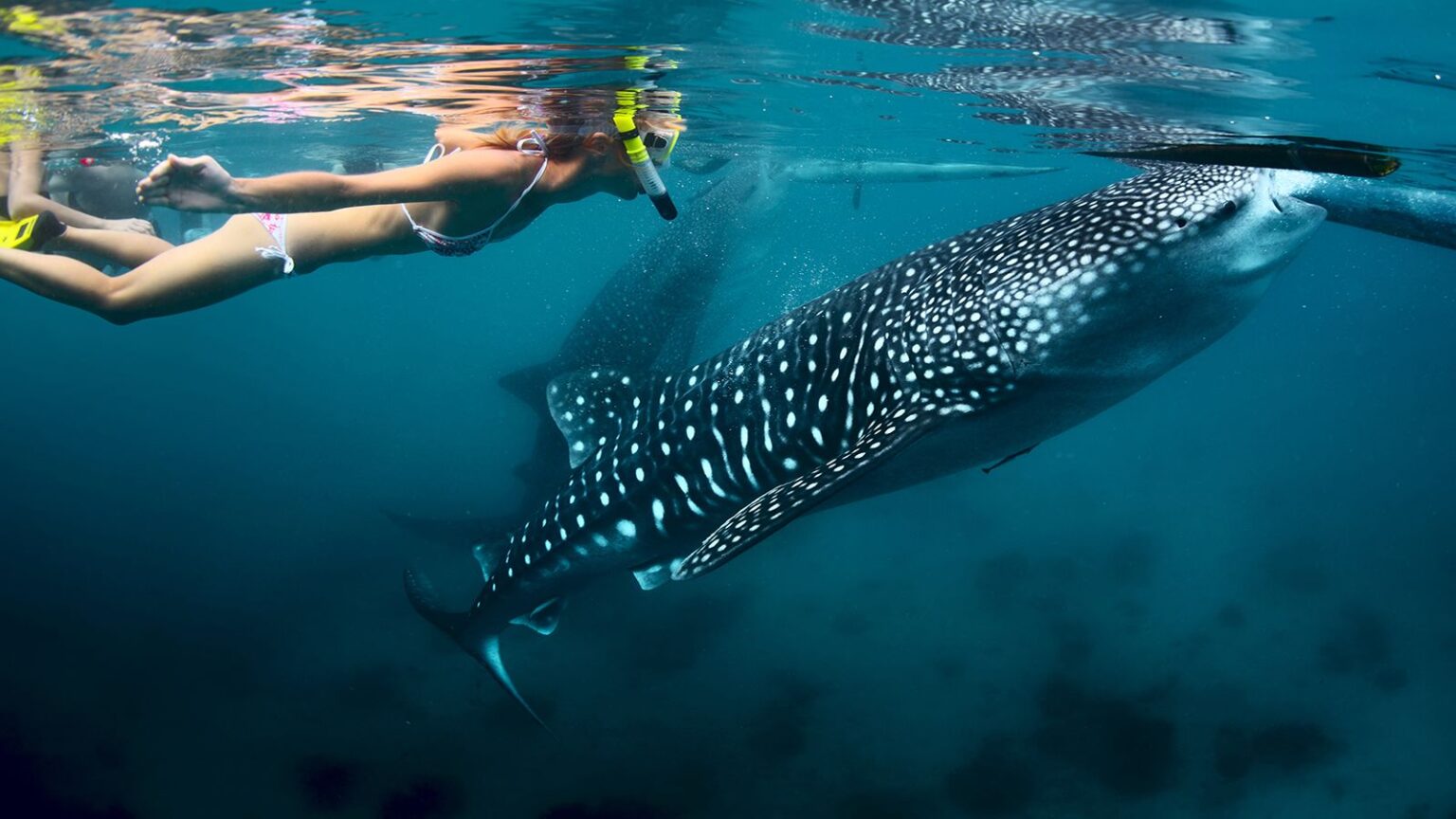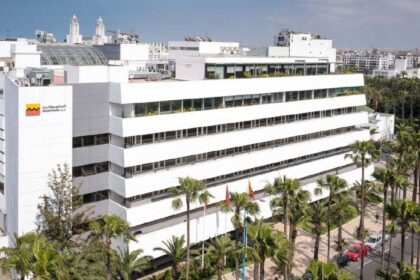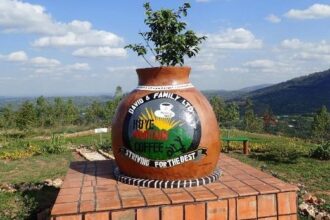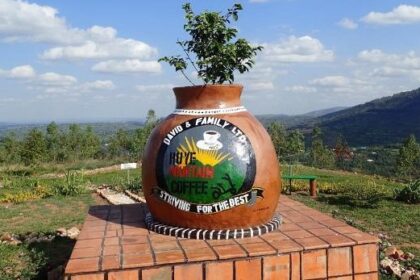At a Glance
- Djibouti offers salt lakes, deserts, coral reefs, and rare wildlife encounters.
- Lake Assal, Lake Abhe, and Arta Beach top Djibouti’s must-visit list.
- Whale sharks, diving, and desert adventures make Djibouti a standout African destination.
The Republic of Djibouti is a small but important country in the Horn of Africa.
It is located near the southern entrance to the Red Sea.
The country has grown into a crossroads for trade, culture, and tourism since it became independent from France in 1977.
It has a population of about 900,000.
Djibouti is not very big; it’s about 1.3 times bigger than Japan’s Shikoku island.
However, it has stunning landscapes, unique animals, and some of the most beautiful salt lakes in the world.
This small country has a lot to offer travelers, from the lunar-like plains of Lake Abhe to the blue seas of the Gulf of Tadjoura.
Here are ten destinations that make Djibouti one of East Africa’s best-kept secrets.
Lake Assal
Lake Assal is the third largest salt lake in the world and is probably Djibouti’s most recognized tourist spot.
It seems like something out of a dream since it has a salt concentration of 35 percent, which is higher than the Dead Sea.
The shore is lined with shimmering white salt crystals that look like snow against the barren background.
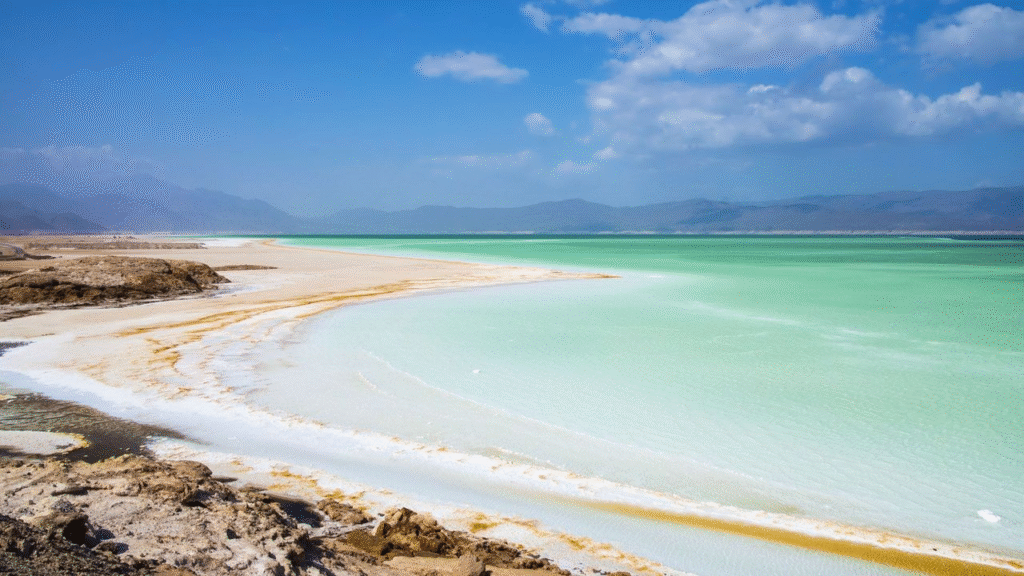
The Gulf of Tadjoura brings in seawater, but it has no way to go out, so it soon evaporates in Djibouti’s high heat.
This natural process leaves behind water that is thick and full of minerals.
Nomadic traders have been gathering salt for hundreds of years and bringing it to Ethiopia via camel caravan.
Lake Assal is about 120 kilometers from Djibouti City, therefore it’s easy to visit in a day.
People typically carry home its salt crystals, which look like pearls, as mementos.
Lake Abhe
Lake Abhe is one of a kind and is located on the border between Djibouti and Ethiopia.
The towering limestone chimneys let out steam, making a strange, alien picture that was originally used as a backdrop for Planet of the Apes.
Irrigation along Ethiopia’s Awash River has lowered the lake’s water levels, exposing muddy flats where flamingos eat in the morning.
A rough five-hour journey from the capital gets you to the area.
This drive is commonly part of overnight itineraries that include both Lake Abhe and Lake Assal. Camping under the stars here is a highlight of many people’s trips.
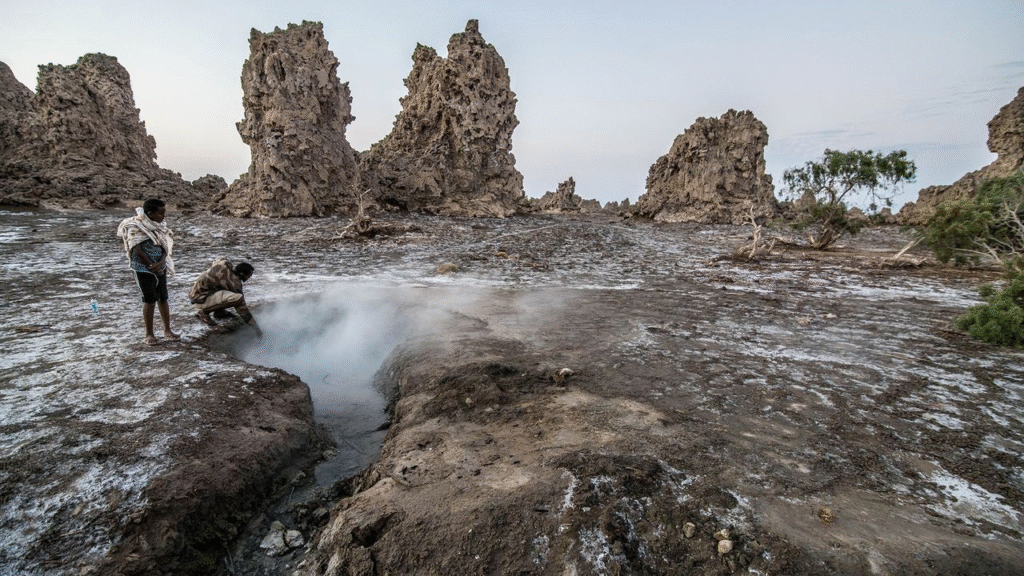
Grand Bara Desert
The Grand Bara Desert is a large, dry plain surrounded by granite mountains.
Even though the land is dry, it has rock art that is hundreds of years old and is still home to gazelles.
The Grand Bara Marathon is a 15-kilometer race that takes place in the desert every December.
You can see the finish line from the start.
The desert is severe, but it’s not as bad as other deserts because it’s 760 meters high, which makes it a popular place for travelers to stop.
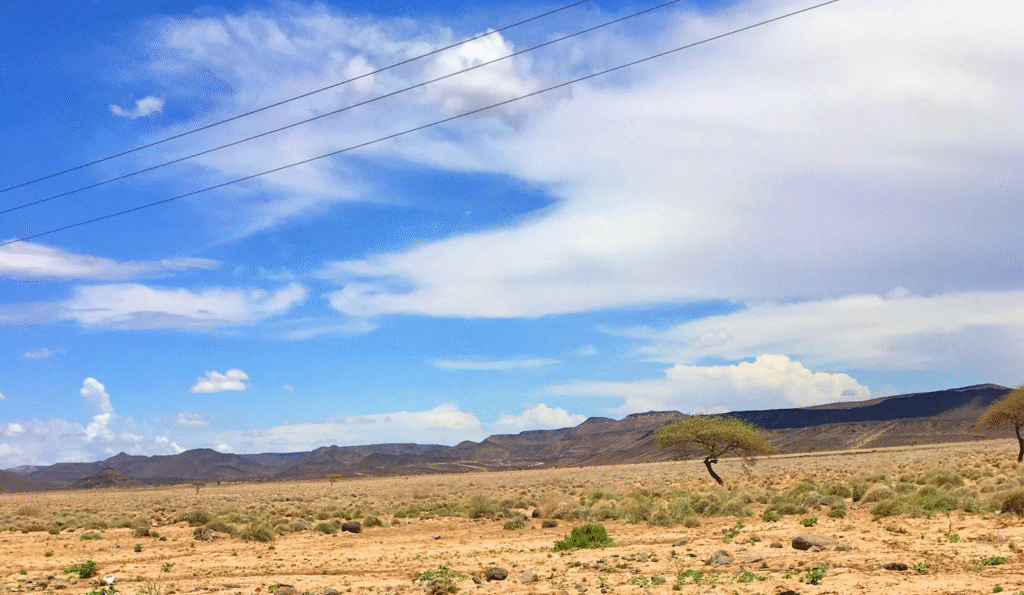
Moucha Island
Moucha Island is only 30 minutes by boat from Djibouti City, but it feels like it’s on a different planet.
The island is great for snorkeling, diving, and fishing because it is surrounded by cobalt waters and healthy coral reefs.
Moucha has more than just beaches; it also has a mangrove forest full of animals.
For many who come to see it, it’s a fast getaway from the city and a chance to see Djibouti’s marine life up close.
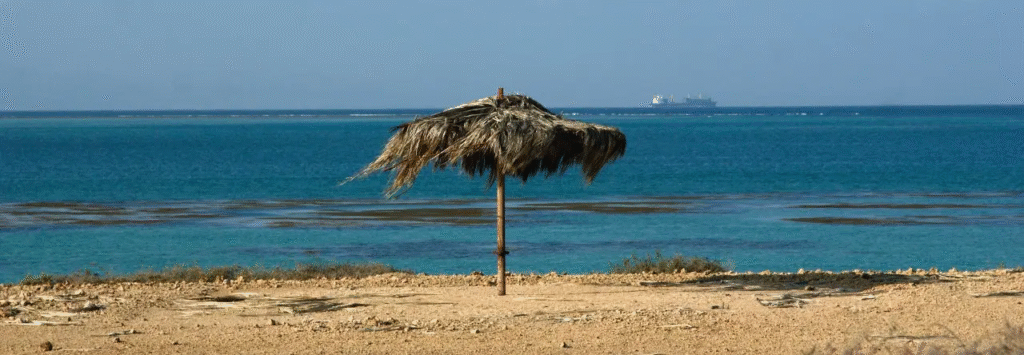
Arta Beach
Arta Beach is about an hour and a half west of Djibouti City.
The greatest time to see whale sharks there is between November and February, when they assemble offshore.
Some of these gentle giants are up to 10 meters long, and snorkelers can swim with them.
The reef is also home to turtles, rays, and schools of tropical fish.
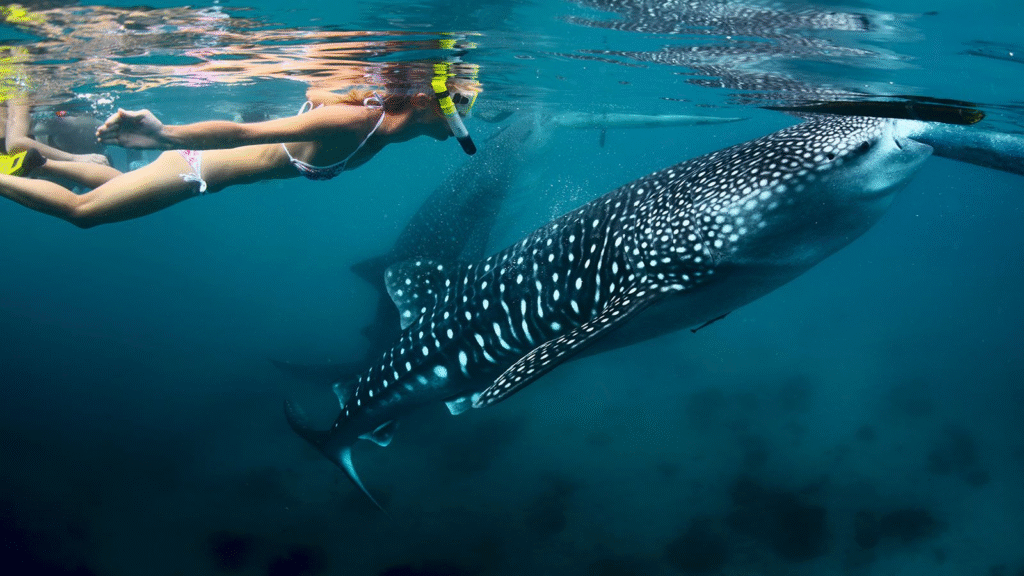
Day Forest
Day Forest used to be Djibouti’s only forested area, and it was high in the Goda Mountains.
Leopards, zebras, and warthogs used to live here, but climate change and human activity have caused the ecosystem to lose a lot of its plants and animals over the years.
There isn’t much of the forest left, but there are currently conservation programs to protect what’s left.
It gives nature lovers a look at Djibouti’s stunning yet fragile wilderness.
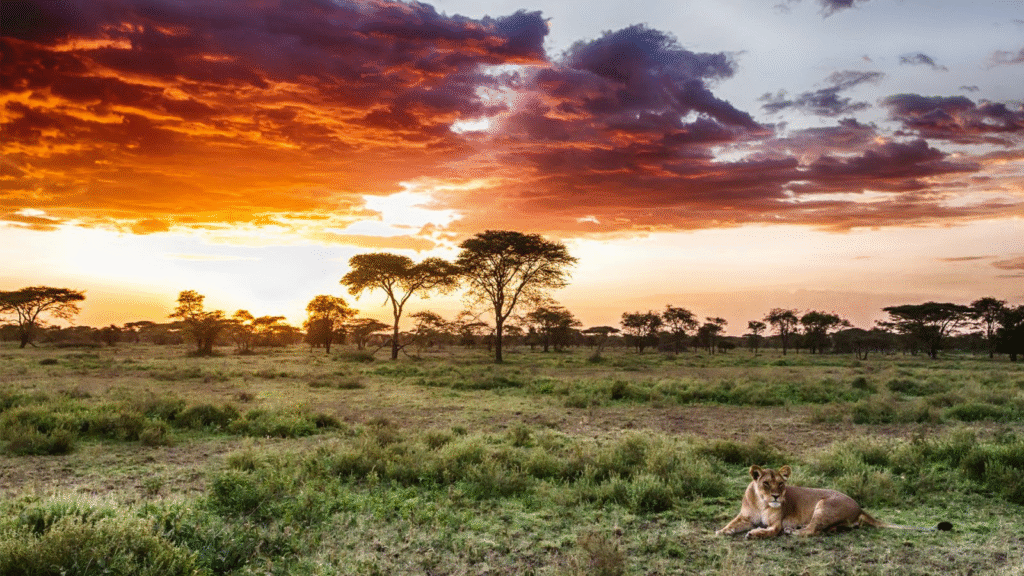
Ali Sabieh
Ali Sabieh is a village near the borders of Ethiopia and Somalia that gives travelers a more real peek at Djiboutian culture.
There are busy markets, classic coffee shops, and desert scenery nearby that make for a fun combination of things to do.
Hikers and windsurfers like to go to the Grand and Petit Bara deserts nearby.
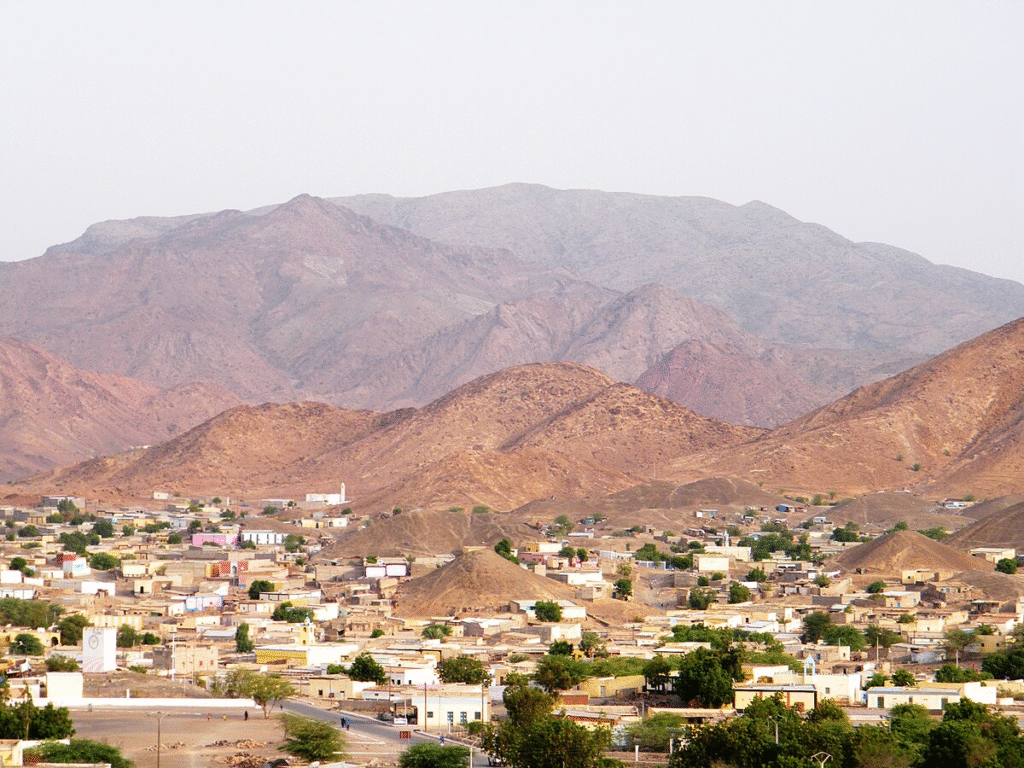
Gulf of Tadjoura: A diver’s paradise
The Gulf of Tadjoura is among the best diving spots in East Africa.
Its reefs are alive with marine life, from schools of colorful fish to pods of dolphins.
Whale sharks are also frequent visitors.
Historic towns such as Obock and Tadjoura line the gulf, offering colonial-era architecture, seaside cafes, and quiet beaches where visitors can relax after a day in the water.
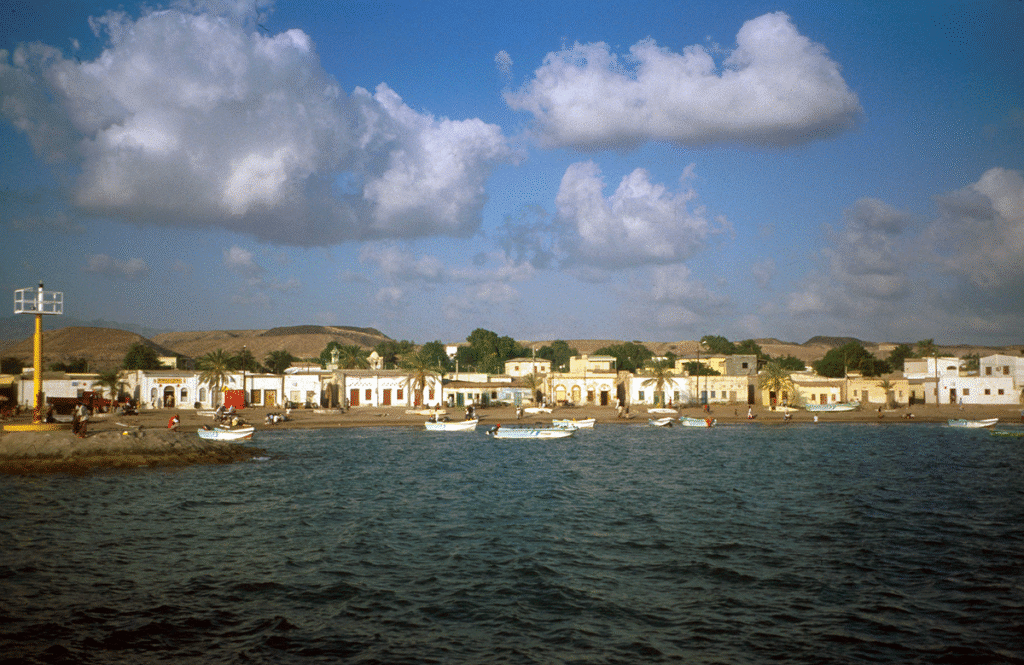
Dorale and Khor Ambado
Just 15 kilometers from Djibouti City, Dorale and Khor Ambado beaches are known for their black volcanic cliffs and clear waters.
These spots are perfect for day trips, offering both relaxation and water sports, as well as spectacular sunsets.
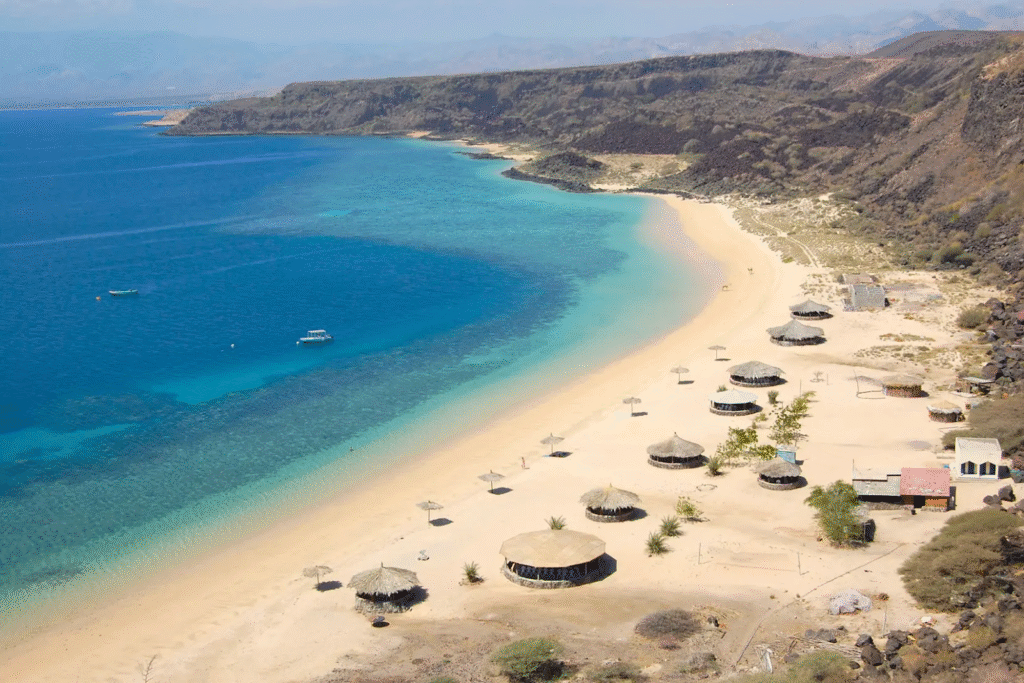
Hanlé Plain
Adjacent to the Goba’ad Plain, the Hanlé Plain is dotted with freshwater lakes and marshes.
The area is a magnet for birdwatchers, with species such as Egyptian geese, black crakes, and three-banded plovers.
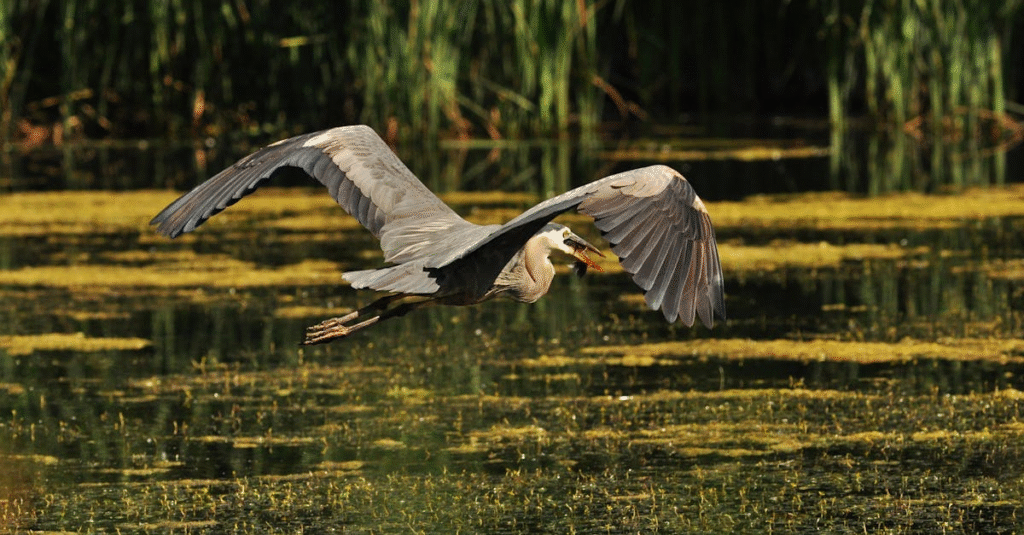
Djibouti is a small country, but it has a lot of natural beauties, cultural experiences, and unique activities to offer.
It has a lot more to offer than most people think, from salt lakes and deserts to coral reefs and whale sharks. This makes it a great place to visit.

